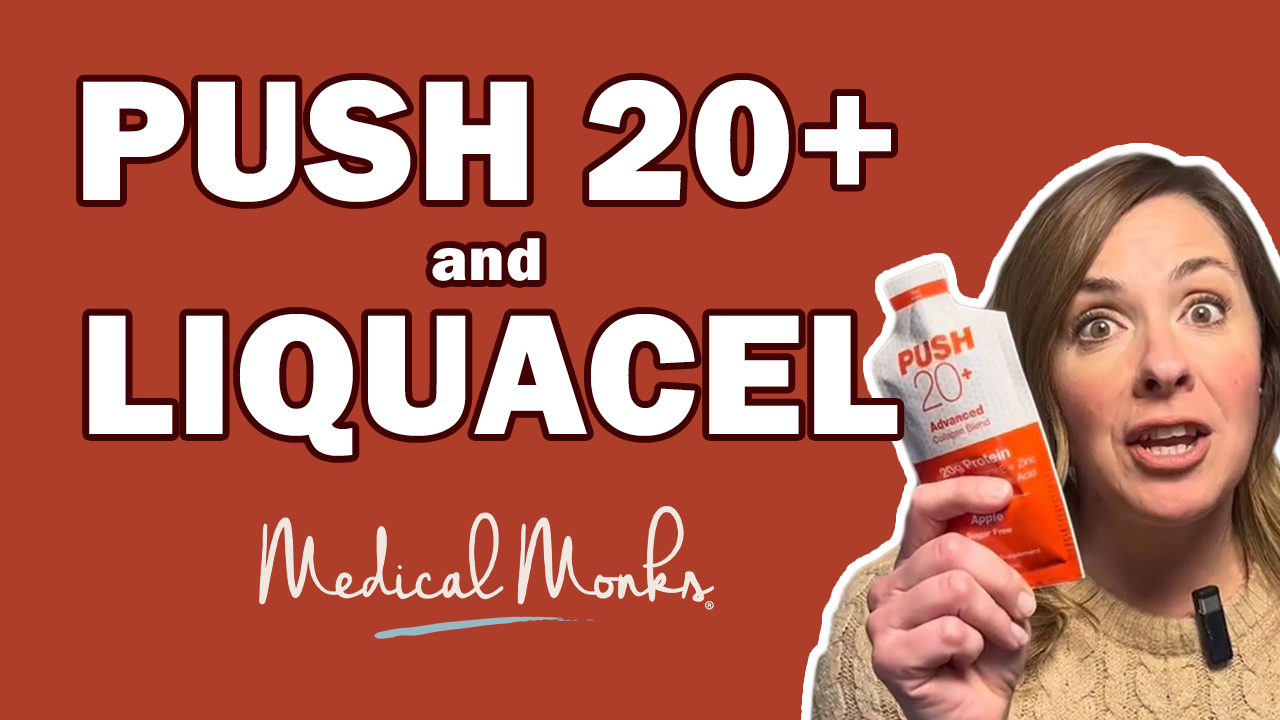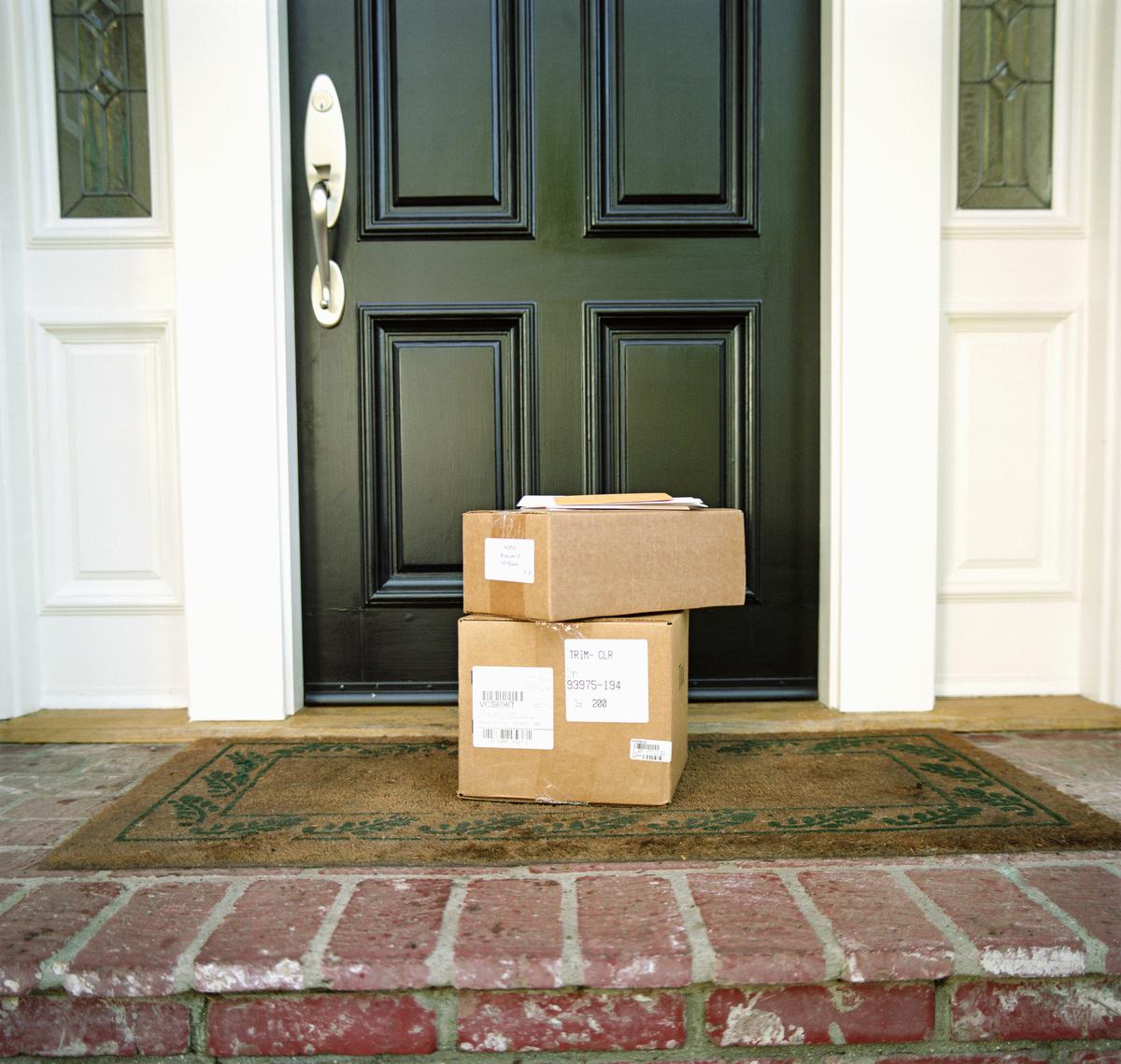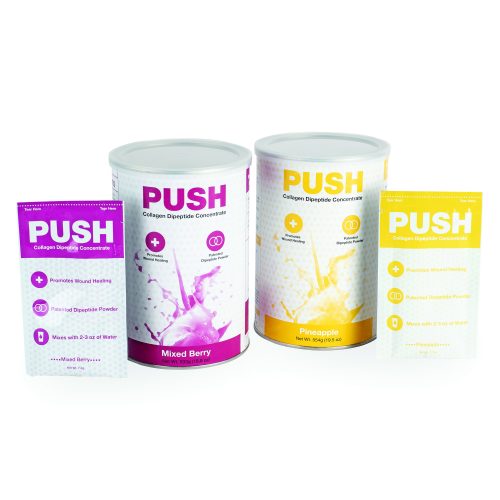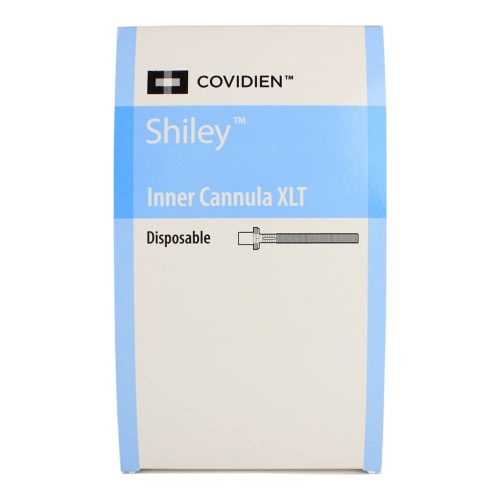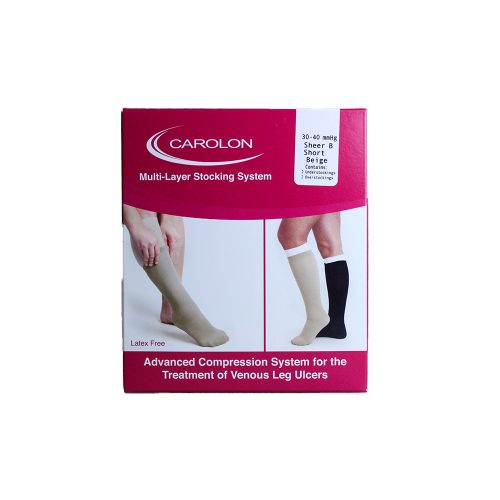Do you often ask yourself, “How do I organize my medical supplies at home?” If so, you’re not alone. Having a large collection of medical products is more and more typical these days, with more people managing chronic illnesses and disabilities at home. Storage can be an issue – but it doesn’t have to be!
With some simple tips and strategies, creating an organizational system can be a snap. The key is storing all your vital medications and equipment efficiently and allowing quick access when needed. Here’s our helpful guide to organizing your home medical supplies like a pro!
Create an inventory of all your medical supplies and medications
How do you keep inventory of medical supplies? Is it necessary? Taking inventory will help you identify what needs to be restocked or replaced and can save valuable time when searching for specific items. If you’re taking medications or using medical equipment regularly, checking your inventory often is important.
To start, gather everything together in one place. This will make it easier to create a complete list of the items without forgetting anything. Next, make note of every item you have and its quantity.
Going forward, regularly confirm that each item’s quantity corresponds with the number listed in your inventory. If an item is running low, add it to your shopping list to restock as needed. Additionally, check the expiration of any medications or products periodically. This is especially important for items like inhalers or intermittent catheters, which often require a prescription refill.
Label each item clearly for easy identification
Labeling each item clearly is one of the most important steps in categorizing medicines at home. It can be difficult to tell which medication should be taken and when without proper labeling. This can lead to potential health risks and complications if the wrong medicine is taken or overdosing occurs.
When labeling each item, make sure they are clearly marked with things like:
- The name of the medicine
- Dosage
- Expiration date
- Directions for use
This will ensure you have all the necessary information for correct usage. Also, store medications in a cool, dry place out of reach from children as specified on their packaging or by your doctor.
Remember to check expiration dates and safely discard any expired medications. This can also be important for medical supplies that stick to the skin in some way, such as ostomy barriers or absorbent border dressings. As time goes on, the adhesive on these products can deteriorate, rendering them less effective.
Invest in containers with dividers
Dividers are an important component of organizing your medical supplies at home. Having different compartments can help you keep various items separate and, therefore, more organized.
Invest in containers with dividers to create sections for the variety of items associated with your medical needs, such as:
- Pill bottles
- Bandages
- Ointments
- Gauze pads
- Tapes
- Moisturizers
This will make it easier to spot what you need quickly when a situation arises in the future. Additionally, it helps to reduce clutter and makes sure essential items don’t get mixed up or forgotten over time.
When choosing containers, look for ones with ample space and clear labels indicating the contents inside each section. Consider using see-through materials to identify what is inside each divider easily. This will save you time and energy when finding items in an emergency.
Lastly, purchase containers that are easy to clean and disinfect to keep your medical supplies germ-free.
Designate a specific area for storage, such as a cabinet or closet
Storing all of your medicines, first aid kits, and other items in one place means that when you need them, they’ll be easy to find. Designating a specific area also ensures that all family members know where these important supplies are located and can access them if needed.
A good location for your home medical supply storage is somewhere easily accessible, such as a bedroom closet or bathroom cabinet. It should have good ventilation to prevent moisture, dust, or dirt accumulation, which could affect medication stability and quality control.
The space should also be wide enough to house all supplies needed but shallow enough that you can easily see and access what is inside. Most importantly, the space should be away from children’s reach so they cannot tamper with any contents.
Where should you keep medicine if you don’t have a medicine cabinet?
Even without a handy medicine cabinet, there are still plenty of ways to store medications safely and conveniently. Put them in a container with a secure lid. That could be a box, plastic tub, or drawer that won’t easily open or spill its contents.
The area should be neither warm nor cold. You’ll also want to avoid direct sunlight for many medications, which can be rendered less effective by those warm rays. If there are any pets or small children in your house, a high shelf keeps them safe.
Get on top of your home medical supplies and maintain an orderly system
From over-the-counter medicine to current prescriptions and critical medical supplies, having a well-organized system for all of your home medical supplies will ensure that you have everything you need when you need it. With the right strategies, you can be sure that every item in your home is organized, labeled, and stored correctly.
Now that you have your tips for organizing medical supplies, finding an efficient and reliable medical supplier is the most important next step to ensure you’re organized and stocked. Medical Monks prides itself on being your trusted supplier for all kinds of medical necessities, and we make it easy to get what you need on a regular basis so you’ll always be prepared.
Visit our website to learn more about how we can help take some stress off your shoulders when it comes to managing your home’s medical needs.

The MEDICAL MONKS STAFF brings to the table decades of combined knowledge and experience in the medical products industry.
Edited for content by ADAM PAGE.


